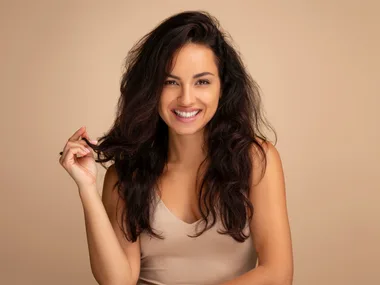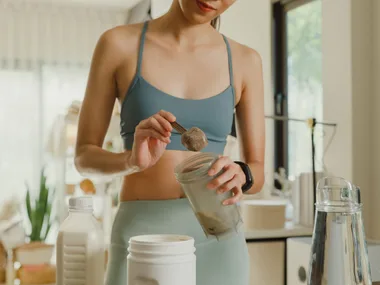Give the Mylanta a miss. When tummy troubles strike, try these natural stomach soothers to relieve unwelcome gurgles, hiccups and burps.
Get herbal help
Ginger has antispasmodic properties and is excellent for settling stomach upsets and easing nausea. Take it in capsule form; or, nibble candied ginger.
A cup of chamomile tea will relieve indigestion and wind because it acts as a carminative, meaning it releases gas from the gut.
Peppermint oil soothes intestinal cramps and relieves bloating. It is best taken as slow-release capsules like Mintec, available at www.epharmacy.com.au.
Chew fennel seeds. They contain oils that soothe stomach spasms and control flatulence. That’s why Indian restaurants set out dishes of them for customers.
Seek a supplement
Constant bloating may signal an imbalance in gut microflora, which can be improved by taking a probiotic supplement containing live cultures of Lactobacilli bacteria: acidophilus and bifidus. Read labels carefully. To have a therapeutic effect, a probiotic supplement should contain at least 1 billion live organisms per dose. Foods that encourage ‘friendly’ bacteria in the gastrointestinal tract include milk products (e.g. yoghurt and whey powder) and fermented foods (miso, kimchi and sauerkraut). Some experts recommend ‘feeding’ these beneficial bugs with complex carbohydrates known as prebiotics. Barley, beans, dandelion greens and chicory are good sources, but any whole grains and high-fibre foods will do.
Artichoke-leaf extract contains fructo-oligosaccharides (FOS) which stimulate bile production, and so improve digestion. It is available in tablet and capsule form in healthfood stores, or from www.thexton.com.au.
Licorice root has been used since ancient times to treat indigestion and modern research confirms its benefits. A particular form known as DGL (deglycyrrhizinated licorice) is excellent for soothing stomach upsets by coating the lining of the oesophagus and stomach. It is most effective when taken as a chewable wafer, as it works best when mixed with saliva.
A homoeopathic remedy can be closely matched to your symptoms: for example, Nux vomica for a recurring sour taste, nausea and burping; Arsenicum album for thirstiness and heartburn; Ipecacuanha for excess saliva and hiccups. To find a homoeopath near you, visit www.homeopathyoz.org.
Try a little ‘nanna know-how’
Indigestion can result from too little stomach acid as well as too much. An old tried-and-true solution is to drink a teaspoon of apple cider vinegar stirred into a glass of water, especially after a rich meal. Add a little honey if you wish.
Stir a teaspoon of bicarbonate of soda (bicarb) into a glass of water and drink it. This neutralises stomach acid and relieves wind.
Practise prevention: Eat little, slowly and often to minimise stomach acid production; avoid fatty foods, coffee, and alcohol; and eat your last meal of the day at least three hours before bedtime. Be wary of fruit juice and dairy products – fruit juice contains fructose, which can cause wind; an inability to digest lactose, a sugar found in milk, could make you feel gassy.
** Note If you take cyclosporine (a drug for rheumatoid arthritis), check with your doctor before taking peppermint oil. Peppermint can reduce milk flow, so use with caution if breast-feeding. Don’t take pure licorice – as opposed to the DGL form described here – if you have high blood pressure, as it can elevate blood pressure. Avoid ginger if you suffer from gastric ulcers, and fennel if you’re an epileptic. Do not take bicarb if you have high blood pressure and/or are on a low-sodium diet as it is high in sodium.*











































.jpg?resize=380%2C285)





